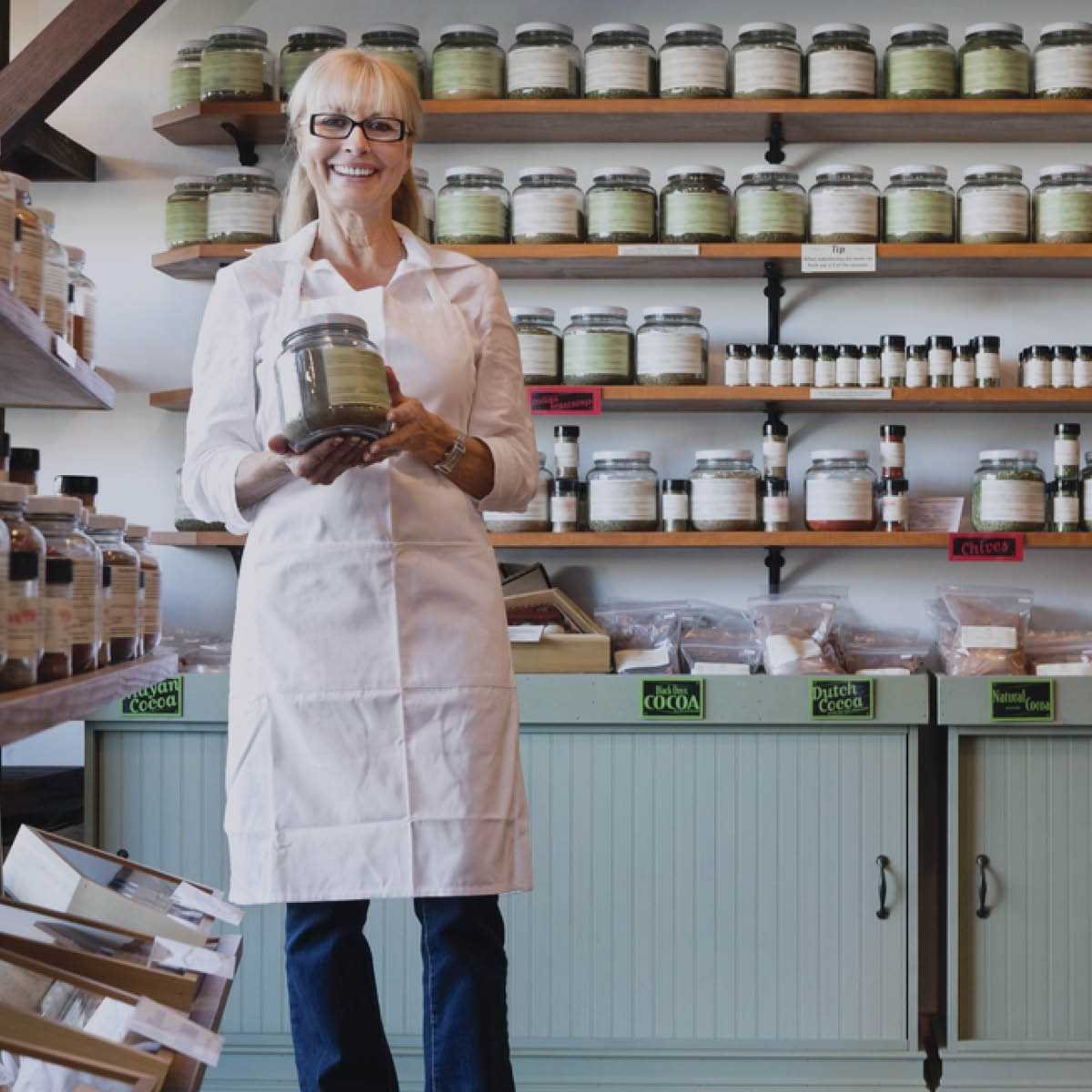Second-Halfers Give Millennials a Run for Their Entrepreneurial Money
If you think being motivated by purpose and entrepreneurialism is the sole domain of Millennials, think again. In 2016, 25.5 percent of new business ventures were started by people 55-to-64—up from 14.8 percent in 1996. And people in their 50s and 60s are launching new businesses at nearly twice the rate as people in their 20s are. In his latest book, Purpose and a Paycheck, economist and author Chris Farrell explores what is driving “second-halfers”—those 50 and older—to start businesses.Q: When we think of “purpose” as it relates to work, we think about Millennials. What is motivating second-halfers to start their businesses: purpose or paycheck? A: It’s the shared enthusiasm for both purpose and a paycheck that really defines this group. Frankly, many of them need the income. The notion that people are going to work 30 or 35 years and live another 25 or 30 without additional income is unrealistic. But they also want a reason to get up in the morning, to feel like they’re doing something valuable and fun. I’ve found that purpose becomes more and more important as people get older.Q: Purpose is not something Boomers were taught to think about in the context of work. To what do you attribute the change of thinking? We’re better educated, we’re healthier and living longer, so it makes sense that we would think about working longer. The economic view of work as merely a source of income is really limited and is increasingly outmoded. A lot of your sense of who you are, your status, your community is tied to your work—not your job or your job title, but exercising a skill or using specialized knowledge.Boomers were raised to have a work life and a home life. There have been all these complaints about the merging of the two. But many people get their fun, their productivity, their rewards, their encouragement, their creativity from work as well as their leisure, so there is a lot more blending of work life and home or personal life.Q: What part has technology played in blending the personal and the professional? A: Technology helped break down the barriers, but I think its impact is more significant. What technology has lowered the cost of starting a business, of experimenting, of doing research.Ten or fifteen years ago if someone had asked my advice about starting a business in their 60s, I would have told them not to put their retirement on the line. My advice now is now very different. Most people are self-preneurs and have started their business with $5,000 or less. They have a few employees, a few contract workers they like to work with.This is not about becoming rich. This is about paying the bills and having a good standard of living by tapping into a hobby, or a craft, or some specialized knowledge or artisanal talent you have. That really is the definition of purpose and a paycheck.Q: There is the idea that if you turn a hobby into work, you won’t enjoy it anymore. Do you think that is valid?A: Absolutely not. When you think of the artisan economy, you think of a hipster in Brooklyn or Portland—Oregon or Maine—but you start looking into this, and you see there are a lot of people 50 years or older.It’s also smart. If you know an area from having been a hobbyist, you know the market, you know the customer—because you are the customer. It’s a way to leverage your knowledge and your passion.Q: Did it surprise you that people in their 50s and 60s are launching new businesses at twice the rate as people in their 20s?A: Yes, it really did. I’ve been traveling around the country and looking at the incubators and business ecosystems and so much of it is targeted around millennials. This is nothing against millennials but you also want second-halfers in your incubator, in your accelerator, as part of your startup community.Q: Second-halfers have a more limited runway. So what is the value of their businesses compared to business started by younger people? A: One of the most exciting trends I’ve seen is the multigenerational businesses that are getting started. The Boomers are bringing knowledge and capital; the younger people are bringing the hustle and tech savvy. Most of these seem to be family businesses, and the idea is that as the parents age, the business will go to the kids. These create great opportunities for job creation and knowledge sharing. If you can capture these businesses, you can create a vibrant ecosystem.Age discrimination and stereotypes are real, but it doesn’t mean they are valid. I think one of the great economic opportunities that we have with an aging population is creating the chance for people to work longer and to let them flourish.Q: What will it take for that to happen? A: We need to create an infrastructure that is a mix of public and private initiatives and money, such as involvement with community colleges and community banks and mentorship organizations. Everyone has to participate.Also, is not necessarily about becoming the next Silicon Valley. It’s about creating businesses, allowing people to be creative, and giving people the opportunity to try their hand at entrepreneurship. People need to look around and say, “What are our strengths? What businesses are or were we good at? What innovations can we bring to these sectors?”For example, here in the Twin Cities, where I live, there has always been talk about having more entrepreneurship, but the talk was kind of thin and there wasn’t a lot to back it up. Now there’s some real activity going on and the conversation is different.

